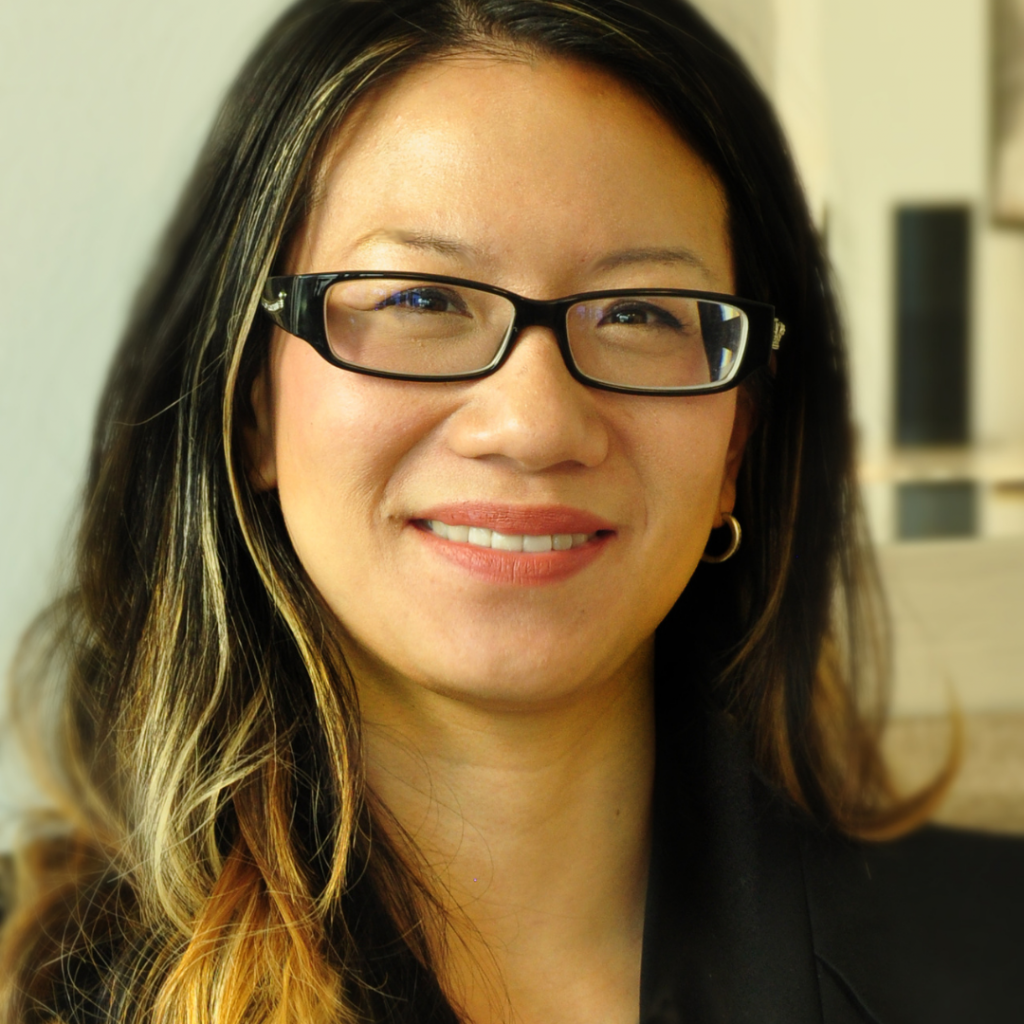
by Dr Tina Wang
Hypermobility Spectrum Disorders (HSD) and Hypermobile Ehlers-Danlos Syndrome (hEDS) affect the body’s connective tissue, associated with changes in the extracellular matrix (ECM) within the fascial system. These changes lead to inflammation and increased pain.
One significant alteration is decreased stiffness and increased extensibility of connective tissues. Additionally, deep fascia, which envelops muscles, thickens without the usual muscle stiffening seen in non-hypermobile individuals, making diagnosis challenging.
Individuals with HSD/hEDS may experience reduced gliding between fascial layers, straining joints. This can result in joint instability, pain, and a higher risk of injuries.
Moreover, there’s an imbalance in the muscle-tendon unit. Tendons, connecting muscles to bones, deform during activities like walking or running. However, in HSD/hEDS, tendons elongate more under stress, resulting in lower muscle tension and tendon stiffness.
Addressing these fascial changes poses significant challenges in managing HSD/hEDS. Approaches should focus on addressing breathing patterns and maintaining stability-tension balance. Optimal joint loading requires activating muscles, particularly those in the abdomen and diaphragm.
Traditional stretching methods may not effectively address these issues. Biotensegrity-based approaches aim to establish proper tension throughout the fascial network, improving joint stability.
Additionally, tailored training programs targeting connective tissue and promoting tendon adaptation can help balance the muscle-tendon unit. Engaging in exercises subjecting tendons to longer strain durations triggers tendon adaptation.
In summary, HSD/hEDS involve complex connective tissue changes, challenging diagnosis and management. A comprehensive approach focusing on restoring balance within the body’s fascial system and muscle-tendon unit is essential. Understanding these mechanisms can help develop more effective strategies to improve the quality of life and mobility of individuals with HSD/hEDS.
A fuller version of this blog appears in the Members’ Area. Click here to find out more about the benefits of membership.
Posted in tags: blog
Tina Wang
Joining The Hub
There are many benefits to joining The Fascia Hub community. We will be continually revising and updating how we can better support our members. Of course, if you have any ideas or thoughts as to what you would like to see, then we would love to hear from you. Our membership proposition is continually evolving and changing to ensure that we bring you the best from the world of fascia. If there is something you would like to learn more about, please do drop us a line and let us know.

